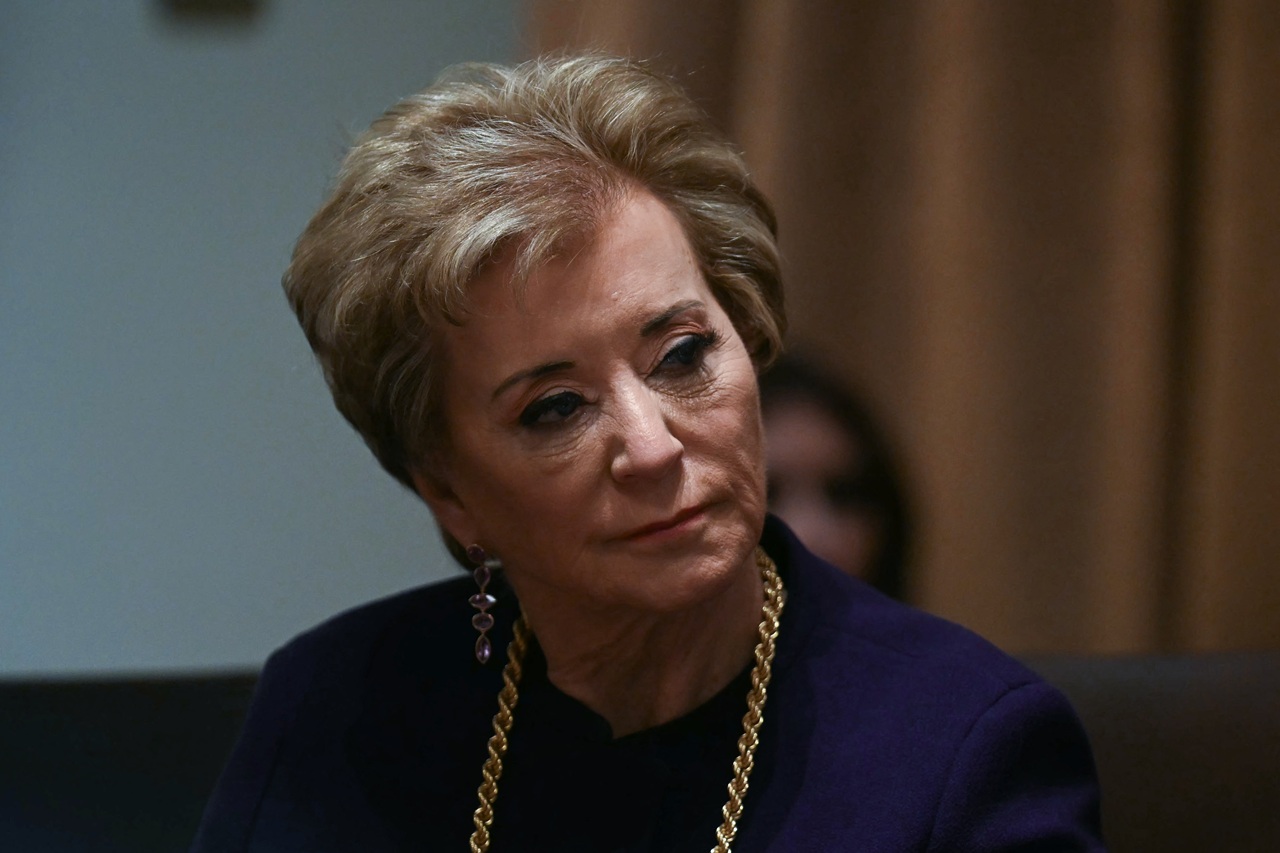
Is the education system being dismantled in the Trump era?
With the layoff of nearly 1,300 employees, the adjustment at the Department of Education began. Is this how bad the United States is doing in education?
Since his return to the White House in 2025, President Donald Trump has made his stance on the U.S. education system clear: he considers it to be inefficient, costly and bureaucratic. With the appointment of Linda McMahon as Secretary of Education, his administration has embarked on a path of downsizing the Department of Education, laying off 1,300 employees and promoting greater decentralization in favor of the states. But is this an improvement strategy or an ideological agenda?
Trump has argued that the United States spends more on education than most countries in the world without obtaining the expected results. According to OECD data, the country spends $15,270 per student on primary education and $16,301 on secondary education, higher than the organization's average. However, results on the international PISA test show that while U.S. students perform well in reading (ranked 6th out of 37 OECD countries) and science (ranked 12th), they continue to lag behind in math (ranked 28th).
For the Trump administration, these data justify a drastic restructuring of the system, with less federal regulation and greater autonomy for states in defining curricula and managing funds.
What are Trump doing?
The major changes being pushed by Trump obviously include downsizing the Department of Education, with massive layoffs and reassignment of functions to state agencies.
But he is also giving school choice a boost, allowing federal funds to follow students to private schools or alternative programs.
On the other hand, it is eliminating diversity and inclusion regulations, arguing that they impose progressive ideologies in the classroom.
On January 30, he also signed an Executive Order to expand educational freedom, strengthening the right of parents to decide on their children's education.
Other decisions included therein are to direct the Department of Education to prioritize school choice programs in its discretionary funding; to allow states to use federal funds for K-12 scholarships and private and religious educational options; to ask the Department of Defense to design a plan for military families to fund their children's education at the school of their choice; and to include indigenous communities by ensuring that funds from the Bureau of Indian Education can be allocated to alternative educational programs.
RELATED CONTENT
While proponents of these measures claim they will foster competition and improve the system, critics warn that it could widen the education gap and weaken protections for vulnerable students.
Impact and debate
How do these decisions affect U.S. education? Some experts argue that decentralization could be positive, allowing each state to tailor its policies to its specific needs. However, others warn that this strategy could increase regional inequalities and reduce the resources available to low-income students.
In addition, the elimination of diversity and inclusive education programs raises concerns among educators and civil rights advocates, who fear that decades of progress in educational equity could be reversed.
On the other hand, the Executive Order reinforces Trump's narrative about the importance of school choice. According to the administration, the traditional education system has failed millions of students and families, and the best solution is to empower parents to decide. According to NAEP data, 70% of eighth graders are below proficient in reading and 72% in math, which Trump uses as an argument to justify the need for educational alternatives.
Trump's approach to education is undoubtedly one of the most polarizing policies of his administration. While his supporters see this strategy as a way to reduce bureaucracy and return power to states and parents, his opponents see it as an attempt to dismantle the public education system in favor of private interests.
In the long term, the key question is whether these reforms will actually improve the quality of education or whether, on the contrary, they will generate fragmentation that will harm future generations. What is undeniable is that the debate over the future of education in the U.S. is more alive than ever.










LEAVE A COMMENT: